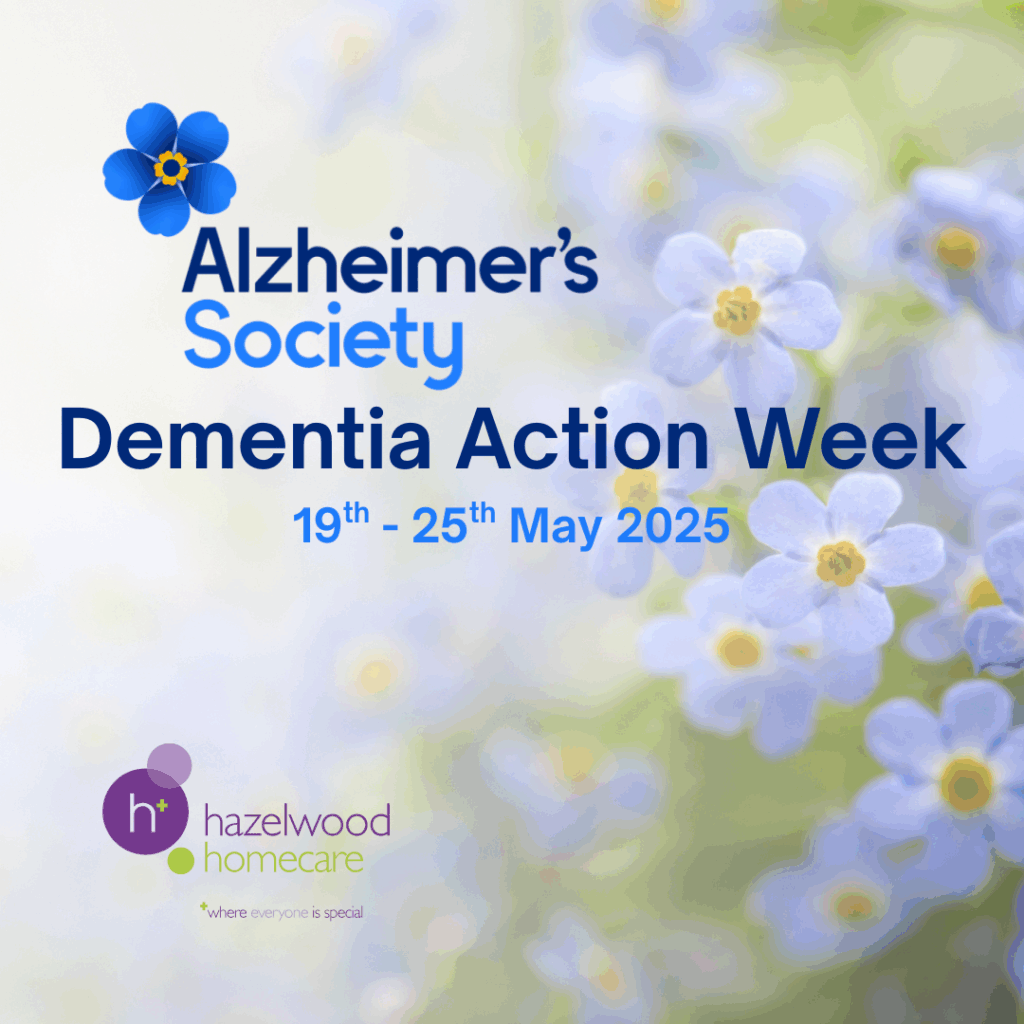As the population ages, creating age-friendly communities and accessible healthcare services becomes increasingly important. These environments ensure that seniors can lead fulfilling, independent lives while accessing the care they need. Let’s explore the key elements of age-friendly communities and the importance of accessible healthcare services.
The Importance of Age-Friendly Communities
Promoting Independence and Well-being: Age-friendly communities are designed to support seniors’ independence, enabling them to live comfortably and safely. These communities are not just about physical spaces but also about social inclusiveness and active participation. By creating environments that cater to the needs of older adults, we empower them to stay active, engaged, and connected with their surroundings.
Enhancing Social Connections: Loneliness and social isolation are common challenges faced by seniors. Age-friendly communities foster social connections by offering spaces and activities that encourage interaction and engagement. Community centres, parks, and organised events provide opportunities for seniors to build relationships and stay socially active, which is crucial for their mental and emotional well-being.
Ensuring Safety and Accessibility: Safety and accessibility are cornerstones of age-friendly communities. This includes safe pedestrian pathways, well-lit streets, and accessible public transportation. By addressing these aspects, we reduce the risk of accidents and make it easier for seniors to navigate their environment independently.
Key Elements Accessible Communities
Accessible Housing
Accessible housing is a critical component of age-friendly communities. Homes should be designed or adapted to meet the needs of seniors, with features like stair-free access, wide doorways, and accessible bathrooms. These adaptations allow seniors to age in place, maintaining their independence and comfort in a familiar environment.
Public Spaces and Amenities
Public spaces should be designed with seniors in mind, offering easy access, seating areas, and clear signage. Amenities like benches, restrooms, and shaded areas in parks and public areas make it easier for seniors to enjoy outdoor activities. Moreover, age-friendly communities should have accessible community centres, libraries, and recreational facilities that cater to older adults.
Transportation
Reliable and accessible transportation is essential for seniors to maintain their independence. Public transportation should accommodate the needs of older adults, with features such as low-floor buses, priority seating, and clear announcements. Additionally, communities should consider the availability of alternative transportation options, such as community shuttles or volunteer driver programmes, to ensure seniors can easily access services and activities.
Practical Steps for Communities and Healthcare Providers

Communities can take several practical steps to become more age-friendly. This includes conducting assessments to identify the specific needs of local seniors, engaging with older adults to gather feedback, and collaborating with local organisations to implement age-friendly initiatives. Programmes that offer home modifications, social events, and transportation assistance can significantly enhance the lives of seniors.
Healthcare providers should receive training on the specific needs of seniors, including geriatric care, communication techniques, and understanding the social determinants of health that affect older adults. This training enables providers to deliver care that is respectful, effective, and tailored to the unique challenges faced by seniors.

Creating age-friendly communities and accessible healthcare services is essential for supporting our ageing population. By focusing on accessible housing, public spaces, transportation, and tailored healthcare, we can ensure that seniors live healthy, independent, and socially connected lives. As we continue to prioritise these elements, we can build environments that not only support seniors but also enrich the entire community.





